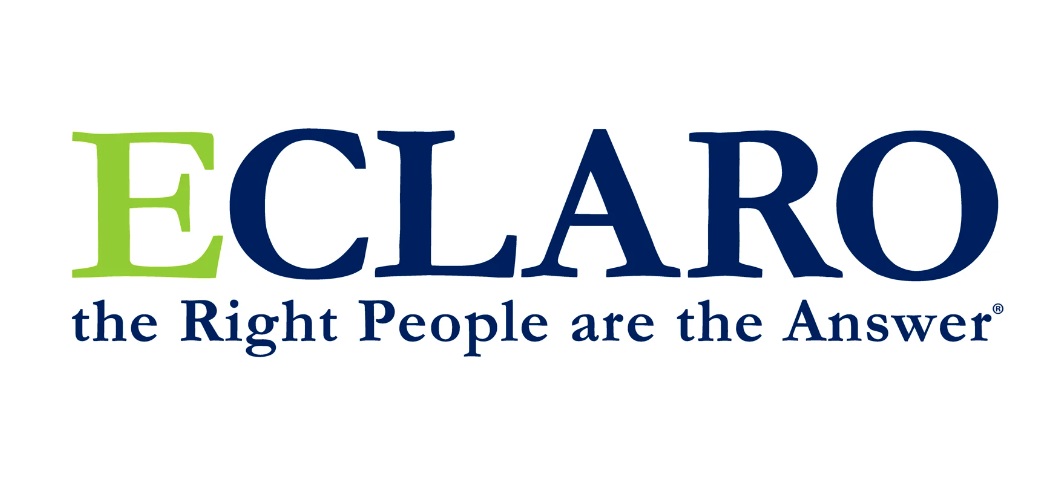No manufacturer in the world would do business with a supplier if only one part in 20 coming from that supplier actually fit into the manufacturer’s final product. So why is it that organizations that hire contingent labor from staffing firms find themselves accepting only 5% of the candidates offered by those vendors?
The answer is obvious — people are not the same as parts. However, that answer begs the next question — why do so many organizations try to manage a workforce of skilled professionals as though they were commodity parts? The answer is often that a procurement division has implemented a centralized approach to managing an organization’s spend on contingent labor.
That can work if the skills being hired are actually like a commodity. That is, if the requirements for the work can be boiled down to a specific set of specifications — the fewer the sets of specification the better. In practice, however, the package of technical and “soft” skills actually required for most contingent labor projects will have nuances that are easily lost unless the internal project managers are deeply involved in the personnel selection process. Centralizing or automating that process is likely to generate a high percentage of mismatches.
A more strategic approach to managing contingent professional help involves collaboration among the procurement representative, the internal project manager, and the firm supplying the contingent labor. The procurement representative can lead the process and provide the framework for the relationship, while the project manager provides all the details about the project, deadlines, and working culture of the team.
The staffing firm should be prepared to answer questions about the availability of talent and current market rates and conditions. The staffing representative should have a good idea of the kind of candidates he or she has in his pool and be prepared to ask detailed questions that will inform the choices he or she offers.
This collaborative model can shorten the cycle for hiring and increase the candidate acceptance rate. Furthermore, all stakeholders gain a high sense of ownership of the results the collaboration is delivering.
If you want to see how true collaboration works in staffing, we’re happy to help.
Paul Sheridan
VP, Eclaro




